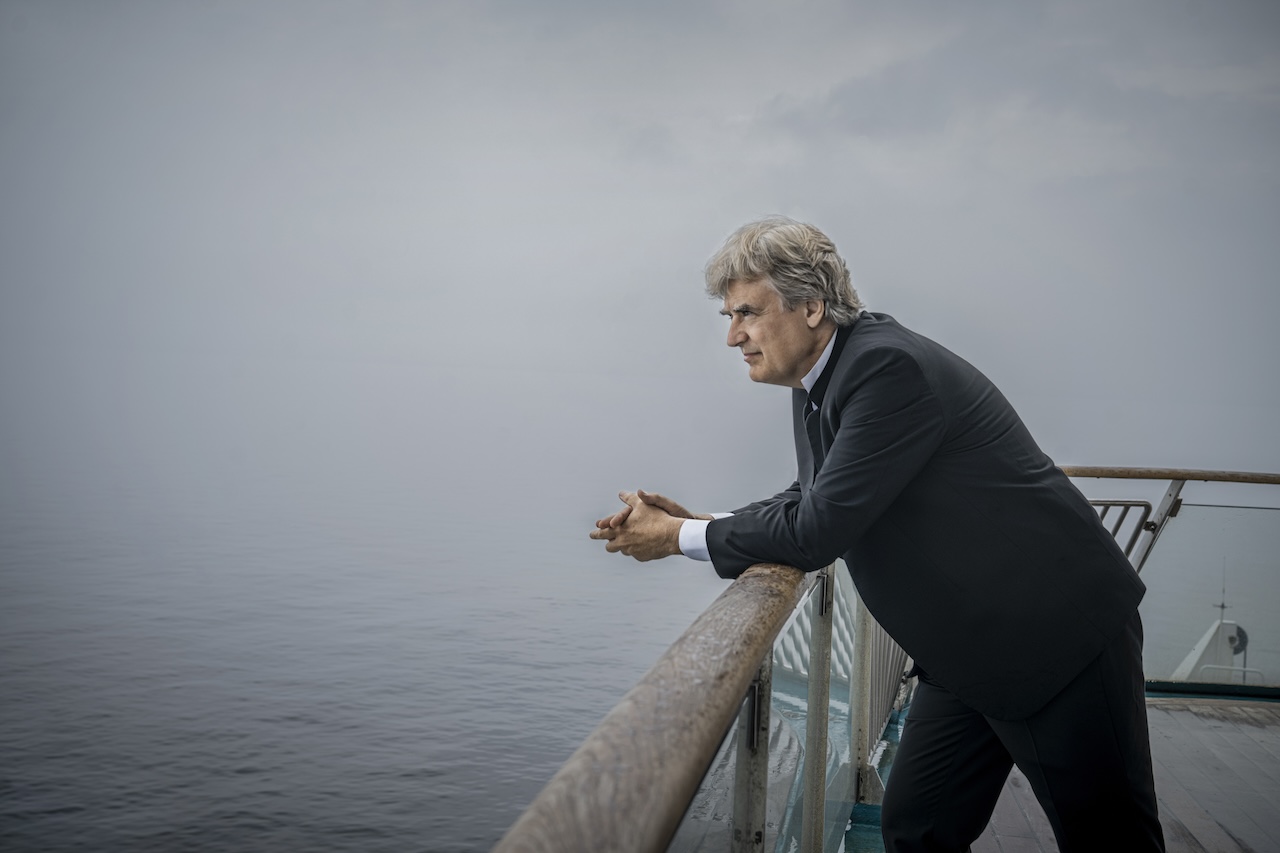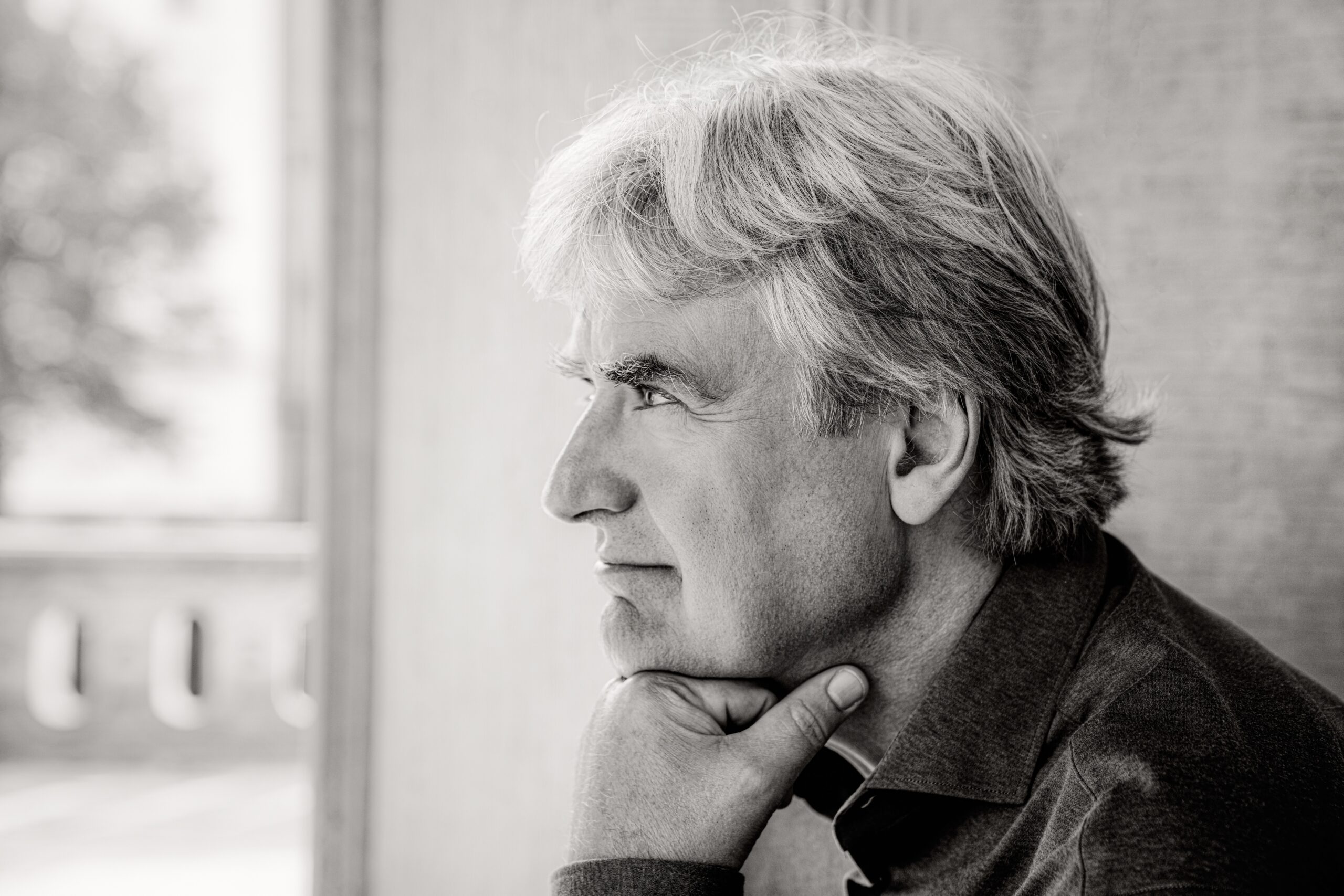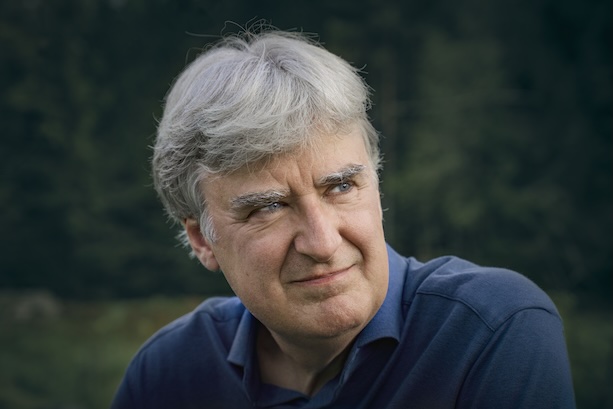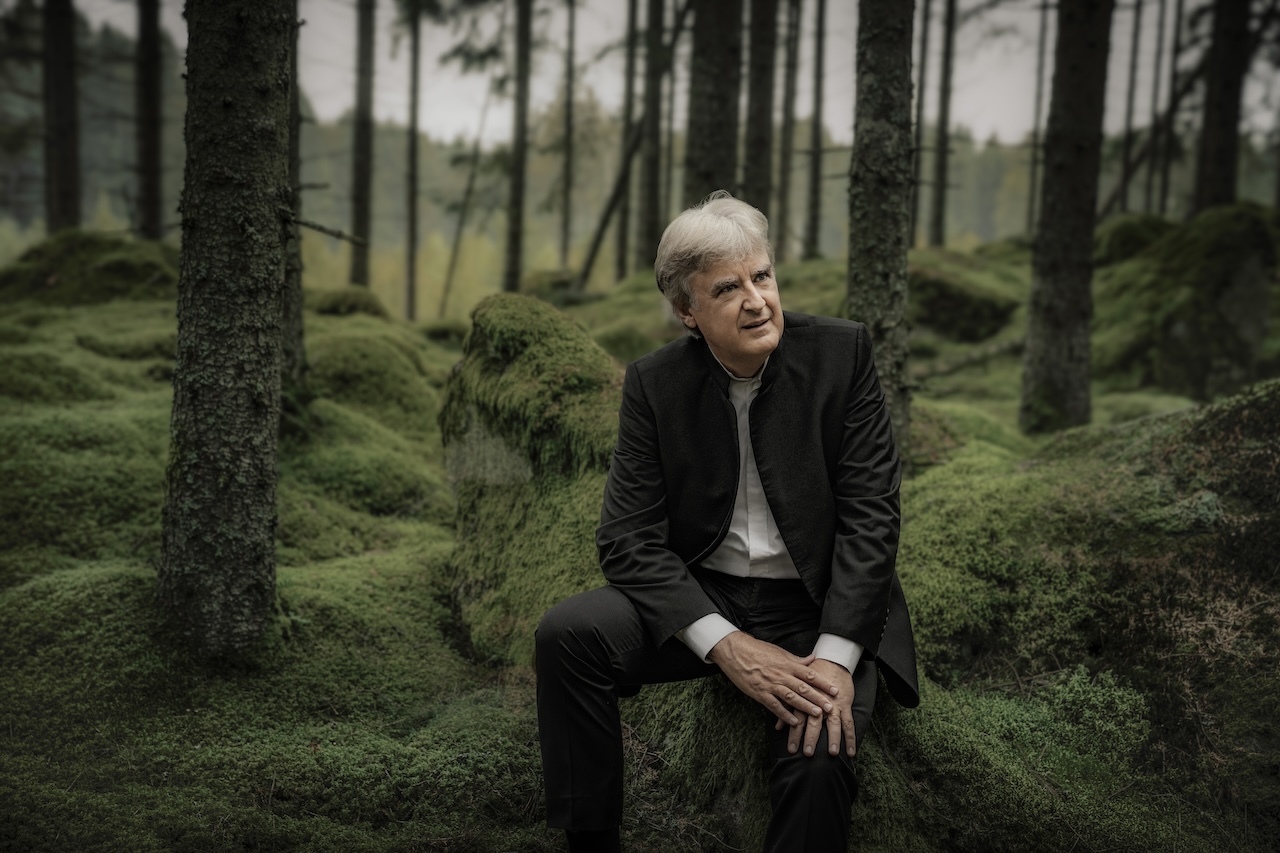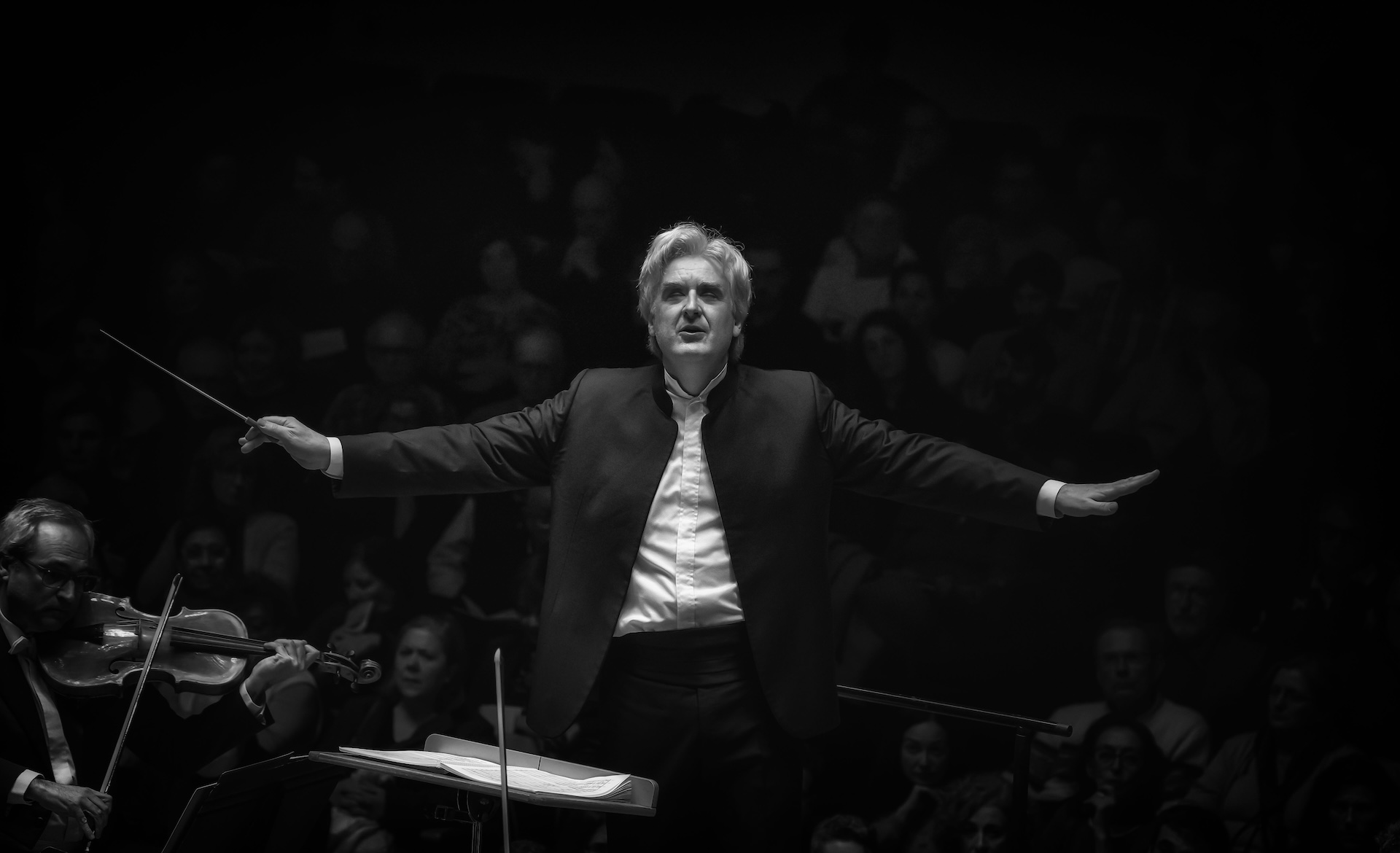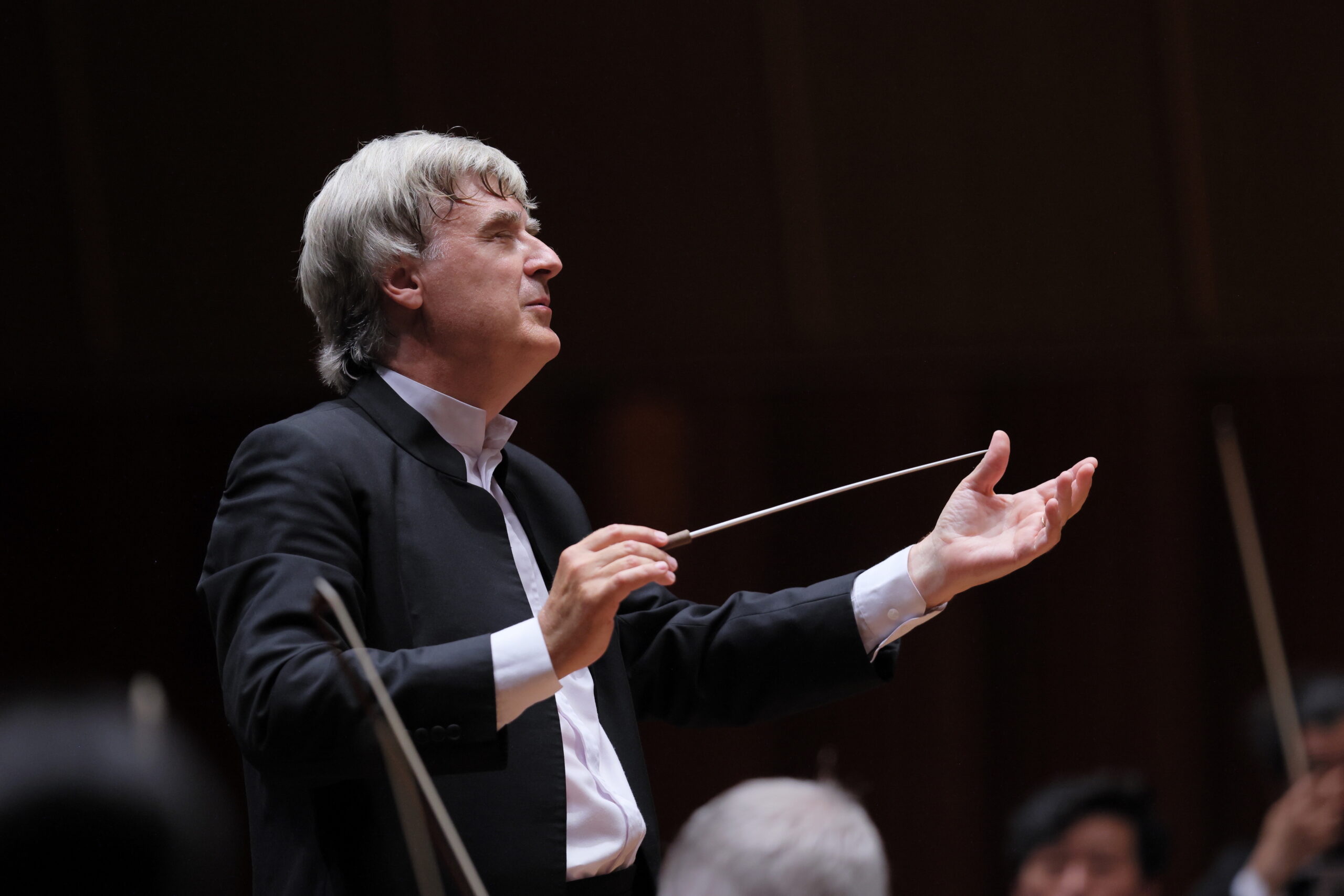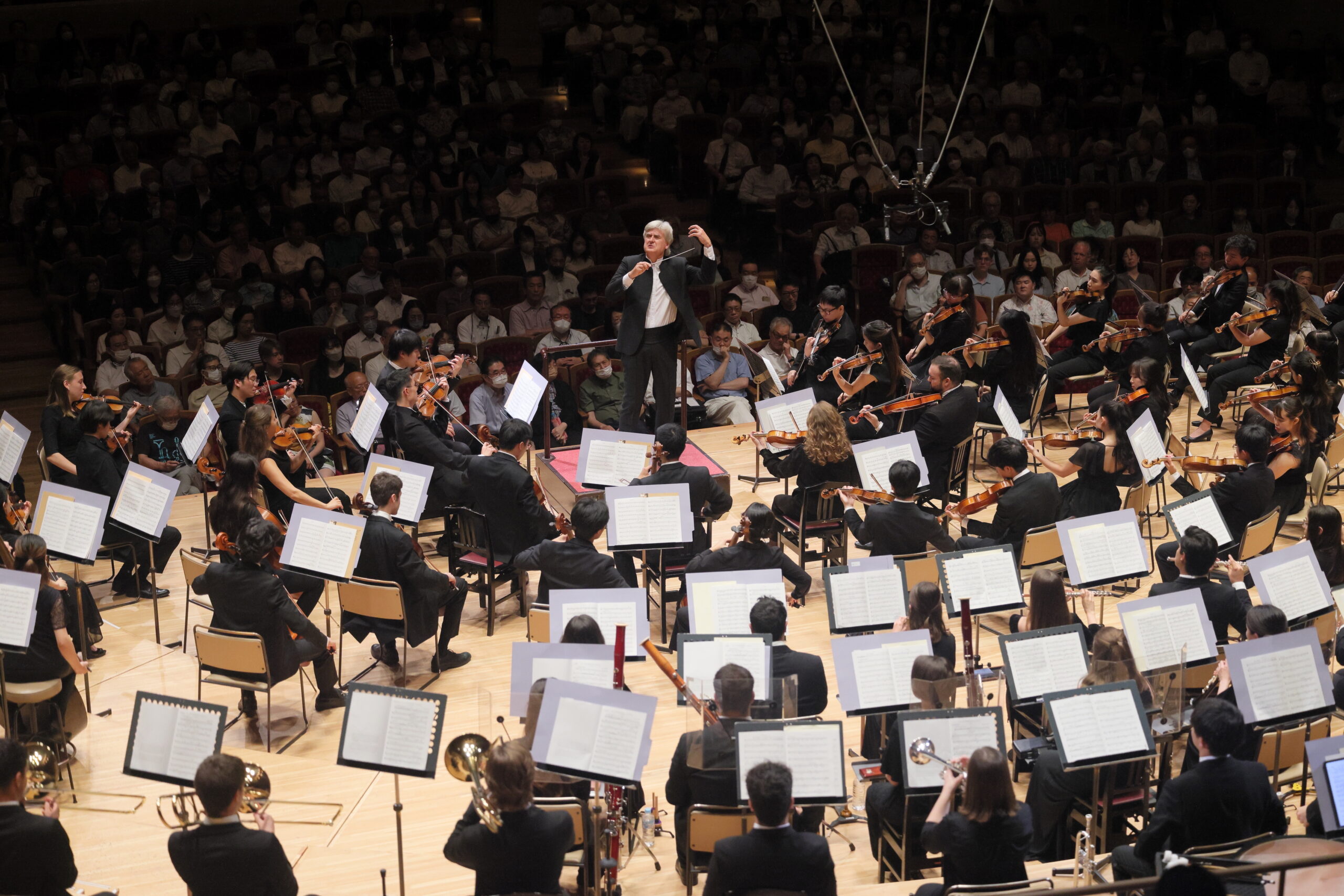PLAYLISTS
Read Thomas' International Women's Day Playlist Note
For the international women’s day 2021 I would like to celebrate and honour my female musical heroes who inspired me as I grew up, and still do today:
- in my early teens a documentary about a most stunning young violinist from Korea was aired on Danish tv. The portrait of Kyung Wha Chung included glimpses of her playing Tchaikovsky concerto, and I instantly became her biggest fan. Her playing was sparkling with vitality, and fiery intensity. Her first visit to Denmark was to play Bartok 2 which I loved with the Radio Orchestra, but as the conductor turned out not to know it well enough for her taste she cancelled the day before the concert. Instead she went later that year to our second biggest city, Århus, and performed it there – and of course I pilgrimaged there, and indeed to any concert she gave.
- The life-affirming vitality in the singing of the South African Miriam Makeba still mesmerize me. The Xhosa click-sounds and language were exotic inspirations for me as a child and her joy transformative. A strong Anti-apartheid activist she was banned from South Africa in 1959, she was invited back by Nelson Mandela in 1990.
- My pianist grand-mother once gave me a book by her contemporary russian emigré pianist Galina Werschenska who settled in Denmark in 1925. Werschenska performed as soloist and chamber musician, and later in life wrote wonderful books about music, including about her personal acquaintance with russian musicians like Rachmaninoff, Shaliapin, Shostakovitch, Glazunov and Horowitz. They opened my eyes and ears to them through her personal and lively anecdotes. I am happy here to present her playing music of her new adopted homeland, Denmark: Nielsen’s Humoresque-Bagatelles. They are short, to the point, and fun – and originally written for children, and thus also played by me. Not unlike the function of the Promenades in Mussorgsky’s Pictures at an Rxhibition, the humoresque-Bagatelles form the short bridges between the many styles of music in this playlist.
- One of the last concerts I had before the Corona-crisis was with “my” BBC Scottish Symphony Orchestra, where we performed the astonishing “Gaelic Symphony” by the American Amy Beach. It is written in a kind of response to Dvorak’s “New World” symphony: rather than like Dvorak looking at America from Europa, she looks at Europe from America. It was premiered by the Boston Symphony in 1896 and was a big success. Melodies pour out of her pen, full of character and invention, seamlessly galvanized into a big form. I don’t hesitate calling it the first great American symphony. I look forward to performing it in Seattle next season.
- I experienced the legendary hungarian pianist Annie Fischer once in the concert hall where she magically performed Beethoven’s Emperor. I knew her from old LPs of Mozart Piano concertos which I loved, in particular No 21, where she played the unusual cadenzas by Ferruccio Busoni. I still am completely in love with how the cadenza in this 3rd movement eases back into the orchestra. Pure genius, and stylishly played by Fischer.
- Birgit Nilsson was a force shooting up from the peasant ground in Southern Sweden, not far from my family’s rural summer home. She was largely self-taught, and became a beloved singer thorughout the classical music world. She was known for her forthrightness, laughter and sheer vocal power. Here she is in one of her famous roles as Salome in the final scene of the opera, which we should have performed in Seattle last year around this time. It is the climactic moment when she receives – and revoltingly kisses – what she has demanded: the cut-off head of John the Baptist. Nilsson in top form.
- I immediately noticed the lipstick. It was so bright red that even her violin faded when Ida Haendel came on-stage in Copenhagen to play Tchaikovsky concerto. But as soon as she started playing, music was back in focus. Furious, serious, singing, virtuosic – everything. Here you hear her in a most stunning performance of the diabolical scherzo and cadenza from Britten’s wonderful violin concerto.
- LP’s with Mahalia Jackson were staples in my family’s records and I loved them. What an intensity and expression in her voice. A force of nature. Jackson was a close friend of Martin Luther King, and this song was his favorite. In it she expresses her deep belief in the most beautiful way. On the record sleeve she says “it seems like this song really has significance with people who are oppressed. When you can’t do anything else, Good God, that’s God’s time to lead His children on. He knows, believe me.” She also reminisces: “I wanted to make this album because it was like a prayer to me, that “precious Lord”. You know when you have trouble in your mind and you don’t know what to do – then you just look up to the Precious Lord to take your hand. There’s nothing else to do – I need You to lead me and guide me. And when I got through recording that song, I just sat down and cried…”
- Cecile Chaminade’s flute concertino is a compact masterpiece, thoroughly heart-warming and charming. Accompanying flutists on the piano, It has followed me at seminal points through my life, and it always touches me. I have been lucky to perform with the great James Galway, and here he is, making this work glow.
- Ella Fitzgerald featured strongly among our LPs. I particularly loved an EP with her duetting with Louis Armstrong, who both sang and played the trumpet. I wish I could have heard that live. I also felt a strong connection with Armstrong – and we shared birthday!
- As soon as Jessye Norman would enter a concert stage, the hall seemed to shrink and become like a living-room in size. Her presence was so larger-than-life, enhanced by fantastical often african-inspired robes. But that was still nothing compared to when she opened her mouth and began to sing: like opening up to a force of life, phrases stretching into eternity, sensitivity beyond measure, and Mahalia Jackson-like in her fervent intensity. Here in a historical meeting with Karajan and the Vienna Philharmonic singing the love-death from Wagner’s Tristan and Isolde. In a visionary way she takes Wagner’s music which magnetically circles around longing in love to a higher plane: in Norman’s voice I always sense an unconditional love, an overflowing heart. Together with the women above she took me into realms of perception and sensitivity, insights, vitality, vulnerability and much more which continues to shape me as musician and human today. In awe, Thank you!
Read Thomas' New Year Playlist Note
A new year, a new beginning. This playlist is about my earliest musical beginnings: the LP I listened to from early on, and the artists performing in the first concert I went to.
My earliest beginnings in music were listening to Beethoven’s Fourth Piano Concerto on a small LP. The concerto was divided on 2 sides, and the LP had a characteristic bright red (His Master’s Voice) label in the center. Aged 2 or 3, I could not yet reach the record player, so as the record (often) came to its finish, I would ask: “Red, turn it over (please).” Later, I would play along with my father when he played jazz on the piano. I would expand what I listened to and also play along on homemade percussion and penny whistles. I would often listen to LPs with the wonderful American pianist Teddy Wilson. Copenhagen was at that time a glowing center for jazz, and many leading American jazz musicians came to perform and even live here. As luck would have it, Teddy Wilson gave a concert when I was 6, and as he was my father’s number one jazz pianist, we went to hear him at the Odd-Fellow Palais. Had that beautiful concert hall not burnt down 30 years ago, I think I could still have pointed out the seat where I sat on its little balcony with red seats. Otherwise the colors where white and gold, and it was altogether a very festive place where I was to experience the kind of life-changing classical concerts later on. From the entrance on a majestic little square to the foyer with its blue ceiling, up the stairs from which you would look out over the sea of people and then into the brightly lit jewel: the hall, resounding with voices full of expectation. The slightly creaky doors would be closed, the voices quietened down, lights went down. Silence.
It was all magic when it began: Teddy Wilson played together with a bass player from Denmark who was to become world-famous, Niels Henning Ørsted Pedersen, and Makaya Ntshoko on drums. But most spectacularly a little into the concert the great saxophonist, Ben Webster, entered — in a wheelchair! And with a leg covered in plaster, as he had had an accident. And not only that; when he played it was with a sound so intense and heartwarming that for me he stole the show.
In this playlist I present you the three artists from this memorable concert:
Teddy Wilson sparkles in a number from one his LPs that I loved, arrangements of Gershwin tunes. Niels Henning Ørsted Pedersen — or NHØP as he was called — performs a suite of Danish folksongs, very well-known and beloved here. He plays with Ole Kock Hansen, piano, who taught me jazz at the Royal Danish Conservatory, and who recently taught my father, as he wanted to develop his playing again. Ben Webster plays one of his heartwarming ballads, here with Oscar Peterson. And finally, Wilson and Webster meet up for an “encore” at the end.
In this pandemic time I have enjoyed going back and listening to what my musical beginnings were and this playlist brings together musical memories from my first concert mixed with memories of my first meeting with Beethoven. If I had only known then that I would now make a playlist where this included my own recording of the Beethoven! It is to this day one of my favorite works, possibly due to its pure expression of lyricism, drama and vitality. May this playlist bring you hope for a new beginning for you in your life and may it give you energy for what this beginning will ask of you.
Posted on January 12, 2021
Thomas Dausgaard in Performance
Photos 1: Palau de la Música – © Live Music Valencia – Photos: 2-4, 5-7, 15: © Pacific Music Festival – Yasuo Fujii – Photos 9-10: © Lucerne Symphony Orchestra @ pschmidli – Photo 11: © Kim Matthäi Leland – Photos 12, 13, 14, 17: © James Holt – Photos 5, 15: © Thomas Grøndahl


